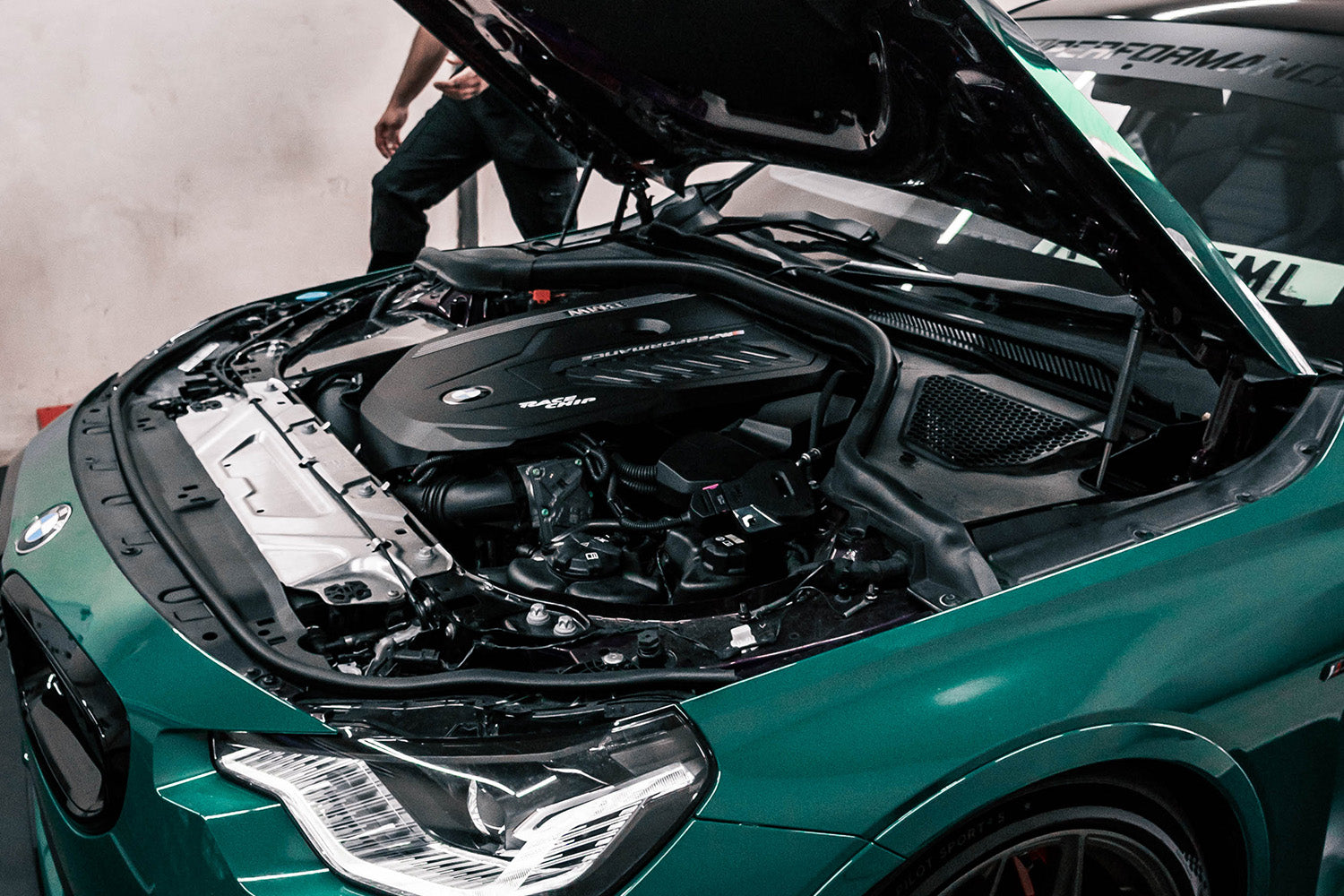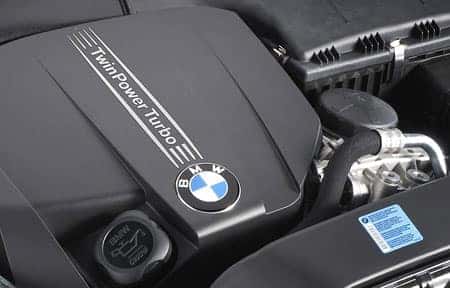A New user's Overview to Picking the Right BMW Engine for Your Requirements
A New user's Overview to Picking the Right BMW Engine for Your Requirements
Blog Article
Checking Out the Development of Combustion Engines in Modern Transportation Solutions
As we browse the landscape of contemporary transport, the development of combustion engines stands as a testament to human ingenuity and engineering expertise. From their modest starts to the advanced giants driving automobiles today, burning engines have undergone an amazing journey of innovation and adjustment. Recognizing the ins and outs of this advancement not just clarifies the past but also leads the way for imagining what lies ahead in the world of transport technology. The interaction of history, modern technology, and environmental concerns in shaping the trajectory of burning engines develops a story that is both insightful and engaging.
Very Early Beginnings of Combustion Engines
How did the principle of combustion engines very first emerge in the very early stages of transport development? When the concepts of interior burning were first discovered, the roots of combustion engines can be mapped back to the 17th century. In 1673, Christian Huygens conceptualized a fundamental internal combustion engine that made use of gunpowder to produce power. Nonetheless, it wasn't till the late 19th century that practical applications of burning engines in transport began to emerge.
The advancement moment came with the development of the first successful gasoline-powered engine by Karl Benz in 1885 - bmw engine. This engine led the way for the development of the modern vehicle, changing transport systems worldwide. Subsequent advancements by Nikolaus Otto and Gottlieb Daimler even more fine-tuned burning engine modern technology, leading to the automation of vehicles and the fast growth of the transport industry
These early combustion engines were characterized by their simplicity and effectiveness, laying the foundation for the complex and powerful engines used in modern transportation systems. The evolution of burning engines has actually contributed in forming the method we travel and transfer goods, noting a significant turning point in the history of transport growth.
Shift to Internal Burning Modern Technology
The shift to internal burning modern technology noted an essential shift in the evolution of transport systems. This shift started in the late 19th century, with developers like Nikolaus Otto and Gottlieb Daimler establishing the first effective interior combustion engines. These engines revolutionized transport by providing a more effective and effective alternative to vapor engines and electric motors.
Among the essential advantages of inner combustion engines was their capacity to be scaled down to match automobiles, leading to the growth of motorbikes and automobiles. This change from bulky, fixed engines to compact, mobile ones led the way for the modern-day transportation systems we see today.
The shift to internal combustion technology likewise stimulated advancements in fuel technology, bring about the advancement of gasoline and diesel as primary gas sources for cars. This shift not only made transportation more available to the masses however also laid the structure for the oil and gas sector to become important to global economic situations.
Impact of Combustion Engines on Transportation
The fostering of burning engines in transportation systems catalyzed a profound change in the performance and speed of international movement. Combustion engines changed transport by offering a trusted and versatile resource of power for numerous vehicles, click this site consisting of vehicles, ships, vehicles, and aircrafts. This advancement dramatically enhanced the capability for people and products to move over fars away in shorter amount of time, causing raised connection in between regions and nations.
Additionally, the extensive use combustion engines has actually had a significant influence on economic advancement. The ability to transfer goods efficiently has stimulated profession and commerce, allowing businesses to increase their markets and get to customers worldwide. This has helped with financial development and view it now globalization, as products can now be transported much faster and in bigger quantities than in the past.
Nevertheless, the ecological influence of burning engines can not be overlooked. The burning of nonrenewable fuel sources has led to air contamination and greenhouse gas discharges, adding to climate modification and positioning health threats to populaces. bmw engine. Therefore, there is an expanding emphasis on developing different propulsion innovations to mitigate these negative results and produce a more lasting future for transportation
Technologies in Combustion Engine Layout
One noteworthy technology is the development of turbocharged engines, which make use of exhaust gases to drive a wind turbine that presses incoming air, permitting for more fuel to be scorched, resulting in boosted power result without a significant increase in engine size. Variable shutoff timing systems have also transformed engine layout by optimizing airflow at various engine speeds, improving both power and efficiency. These advancements collectively add to the continual renovation of combustion engines in contemporary transport systems.
Future Fads in Combustion Engine Advancement
With modern technology developments driving continuous development, the future of combustion engine growth is poised to change transport systems worldwide. Among the crucial trends in burning engine growth is the push towards greater performance and reduced discharges. Producers are investing greatly in research and growth to enhance engine performance while satisfying strict environmental laws. This includes the assimilation of sophisticated gas injection systems, boosted turbocharging techniques, and making use of lightweight products to optimize fuel usage and reduce carbon emissions.
One more prominent pattern is the fostering of crossbreed technologies in combustion engines. Hybrid engines integrate typical burning technology with electric power, using boosted fuel effectiveness and lower discharges. As the auto sector shifts towards electrification, hybrid combustion engines are seen as a transitional service that connects the space in between standard vehicles and fully electric ones.
Furthermore, the combination click now of wise innovations, such as expert system and information analytics, is anticipated to play a considerable function in the future of combustion engine advancement. These innovations can enhance engine efficiency in real-time, causing a lot more effective combustion processes and enhanced overall vehicle efficiency. Welcoming these future fads will certainly not just drive advancement in combustion engine advancement but also contribute to an extra environmentally pleasant and sustainable transportation community.

Conclusion
In final thought, the evolution of burning engines in contemporary transportation systems has actually been marked by considerable improvements in technology and layout. From the very early beginnings of burning engines to the shift to internal burning technology, these engines have actually had an extensive impact on transport.
The roots of burning engines can be mapped back to the 17th century when the principles of interior combustion were first explored. These engines changed transport by offering an extra powerful and reliable option to vapor engines and electric motors.

Report this page